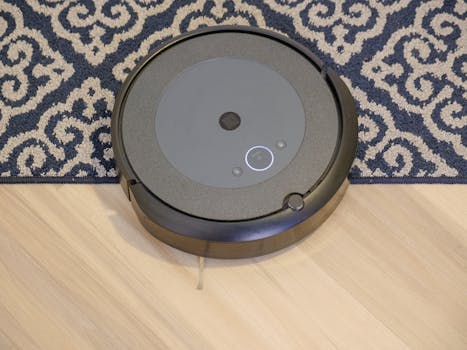
Smart Homes and Smart Living: The Technological Transformation of European Homes by 2025
Smart Homes and Smart Living are revolutionizing the way Europeans live, work, and interact with their living spaces. The integration of cutting-edge technologies such as artificial intelligence, Internet of Things (IoT), and data analytics is transforming homes into intelligent, responsive, and sustainable environments.
Introduction to Smart Homes and Smart Living
Smart homes and smart living refer to the use of advanced technologies to create living spaces that are comfortable, convenient, and efficient. These technologies include smart thermostats, lighting systems, security cameras, and home automation systems, which can be controlled remotely using smartphones or voice assistants.
Trends and Drivers of Smart Homes and Smart Living in Europe
The European smart home market is expected to experience significant growth by 2025, driven by factors such as increasing demand for energy efficiency, growing adoption of IoT devices, and rising concerns about home security. Additionally, the COVID-19 pandemic has accelerated the adoption of smart home technologies, as people spend more time at home and seek to create safe, healthy, and comfortable living environments.
Key Features of Smart Homes and Smart Living in Europe
Some of the key features of smart homes and smart living in Europe include:
- Energy management systems that optimize energy consumption and reduce waste
- Smart lighting systems that adjust brightness and color temperature based on the time of day and occupancy
- Advanced security systems that include motion detectors, video cameras, and alarm systems
- Home automation systems that integrate multiple devices and systems, allowing for seamless control and monitoring
- Health and wellness features, such as air quality monitoring and water purification systems
Benefits of Smart Homes and Smart Living in Europe
The benefits of smart homes and smart living in Europe are numerous and significant. Some of the most notable advantages include:
- Increased convenience and comfort, as smart home systems can be controlled remotely and automatically
- Improved energy efficiency, which can lead to cost savings and reduced environmental impact
- Enhanced home security, as advanced security systems can detect and respond to potential threats
- Improved health and wellness, as smart home systems can monitor and optimize indoor air quality, water quality, and other environmental factors
Challenges and Limitations of Smart Homes and Smart Living in Europe
While smart homes and smart living offer many benefits, there are also challenges and limitations to consider. Some of the most significant challenges include:
- High upfront costs, as smart home systems can be expensive to install and maintain
- Complexity and interoperability issues, as different devices and systems may not be compatible or easy to integrate
- Concerns about data privacy and security, as smart home systems can collect and transmit sensitive information
- Limited accessibility, as some smart home systems may not be designed for users with disabilities or limited technical expertise
Conclusion
In conclusion, smart homes and smart living are transforming the way Europeans live, work, and interact with their living spaces. By 2025, these technologies will become increasingly prevalent, offering unparalleled convenience, efficiency, and sustainability. However, it is essential to address the challenges and limitations associated with smart homes and smart living, such as high upfront costs, complexity, and concerns about data privacy and security.






